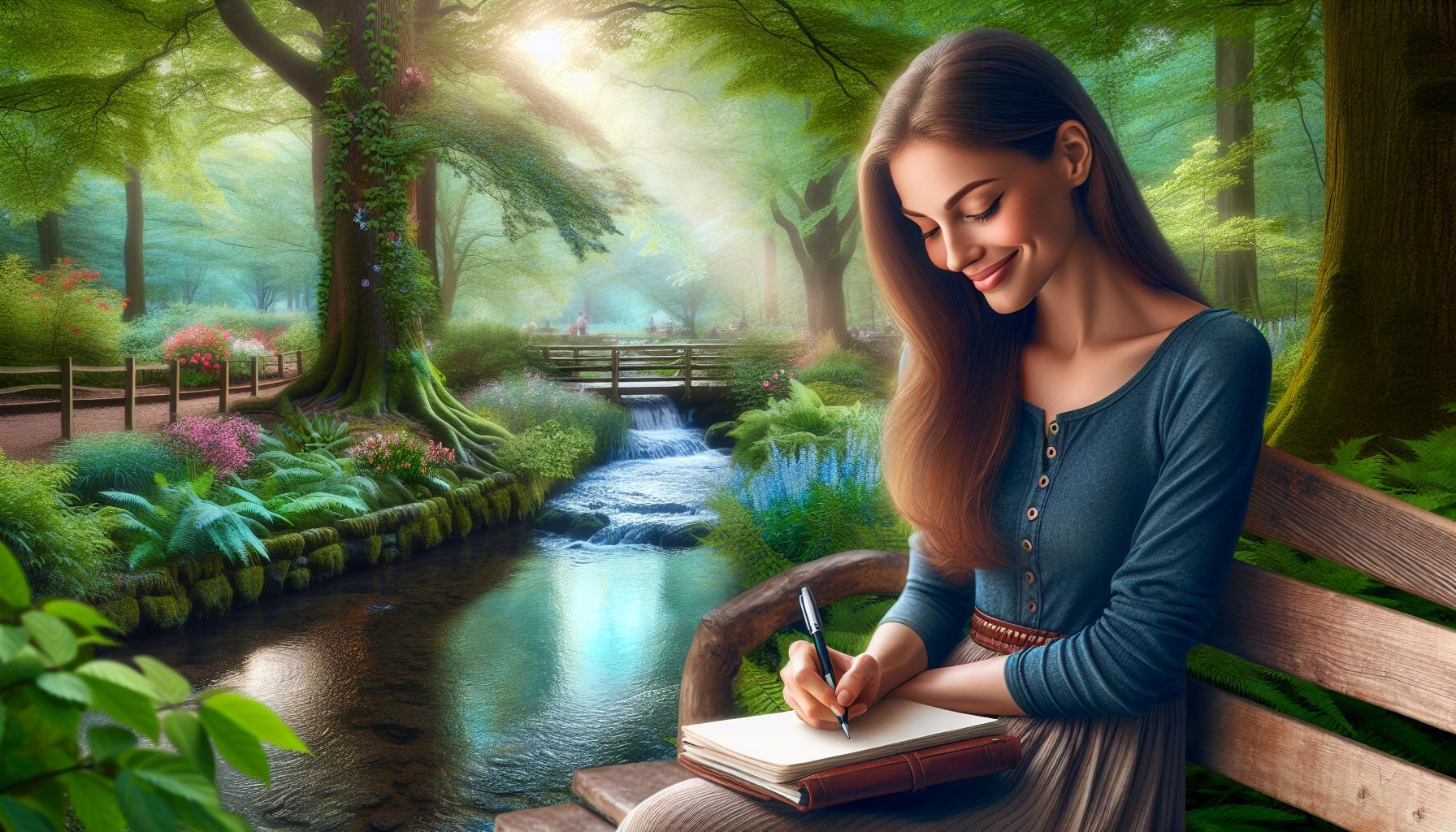Monocouche painting is a technique used to create a single-layer render on exterior walls, offering both protective and aesthetic benefits. Derived from the French term for “single layer,” monocouche finishes distinguish themselves from other wall finishes through their ease of application and diverse range of textures and colors. Proper exterior wall finishes are vital not only for their aesthetic appeal but also for the protection they offer against the elements and their contribution to the durability of a structure.
Table of Contents
ToggleHistory and Evolution of Monocouche Painting
The concept of rendering walls dates back centuries, with traditional methods employing lime and sand mixtures applied over masonry to protect and beautify buildings. Early applications were labor-intensive and required multiple layers to achieve the desired effect.
In recent decades, the development of painting monocouche render has revolutionized exterior wall finishes. Technological advancements have improved the materials used, making them more durable and easier to apply. These modern renders are pre-mixed with additives that enhance their performance, and the single-layer application saves time and labor, making them increasingly popular in contemporary architecture.
Benefits of Monocouche Painting
Monocouche renders offer a wide range of aesthetic options. Available in numerous colors and textures, they can mimic the appearance of other materials like stone or brick, allowing for creative and flexible design choices. This versatility makes them suitable for both traditional and modern architectural styles.
One of the most significant advantages of monocouche painting is its durability. These renders are designed to withstand harsh weather conditions, resist UV rays, and fend off pollutants. This resistance ensures that the finish remains intact and visually appealing for many years with minimal maintenance.
Monocouche renders also contribute to the thermal efficiency of buildings. Their insulating properties help regulate indoor temperatures, reducing the need for artificial heating and cooling. This not only enhances comfort but also lowers energy consumption, contributing to a building’s overall sustainability.
Types of Monocouche Finishes
Scraped or textured finishes are achieved using various techniques to create a rough, tactile surface. These finishes can add depth and character to a building’s exterior, offering a rustic or traditional appearance. The texture also helps to hide minor imperfections in the substrate.

Smooth finishes provide a sleek, modern look. Achieving a smooth monocouche finish requires careful application to ensure an even surface. These finishes are often chosen for contemporary designs where a clean, minimalist aesthetic is desired.
Monocouche renders can be pigmented to achieve a wide range of colors. The pigments are mixed into the render, ensuring that the color is consistent throughout the material and resistant to fading over time. This stability makes colored finishes a popular choice for maintaining vibrant exteriors.
Application Process
Proper surface preparation is crucial for a successful monocouche application. The substrate must be clean, dry, and free from any contaminants. Any cracks or imperfections should be repaired, and a suitable primer applied to ensure good adhesion.
Monocouche render is typically supplied as a dry powder that needs to be mixed with water to achieve the right consistency. It is then applied using a trowel or spray machine in a single layer. Skilled application is essential to ensure an even coat and to achieve the desired texture or smoothness.
After application, the render needs time to cure and dry. Optimal conditions for curing include moderate temperatures and low humidity. The render should be protected from rain and direct sunlight during this period to prevent any adverse effects on the finish.
Tools and Materials Needed
The application of monocouche render requires specific tools, including trowels, floats, and scrapers. These tools help achieve a uniform application and the desired texture. Additionally, mixing equipment and scaffolding is necessary to prepare the render and safely reach all areas of the wall.
The primary material is the monocouche render mix, which comes pre-mixed with pigments and additives. Other necessary materials include primers to prepare the substrate and sealants to protect the finished surface.
Common Challenges and Solutions
Weather conditions can significantly impact the application of monocouche render. High humidity, extreme temperatures, or rain can affect the curing process and the final finish. It’s essential to monitor the weather and choose optimal conditions for application or take steps to protect the render during curing.
Uneven or unstable substrates can cause problems during application. It’s important to thoroughly inspect and prepare the surface, addressing any issues such as cracks or moisture penetration beforehand. Using appropriate primers and undercoats can help ensure a stable base for the render.

Common application mistakes include improper mixing, inadequate surface preparation, and uneven application. These mistakes can lead to poor adhesion, cracking, or an uneven finish. Following manufacturer guidelines and employing skilled professionals can help avoid these issues.
Conclusion
Monocouche painting offers a versatile, durable, and aesthetically pleasing option for exterior wall finishes. From its origins to modern advancements, it has become a popular choice for both residential and commercial projects. With proper application and maintenance, monocouche renders can provide long-lasting protection and beauty to any building. Considering the numerous benefits and cost-effective nature, monocouche painting is a worthwhile investment for those looking to enhance their building’s exterior.





